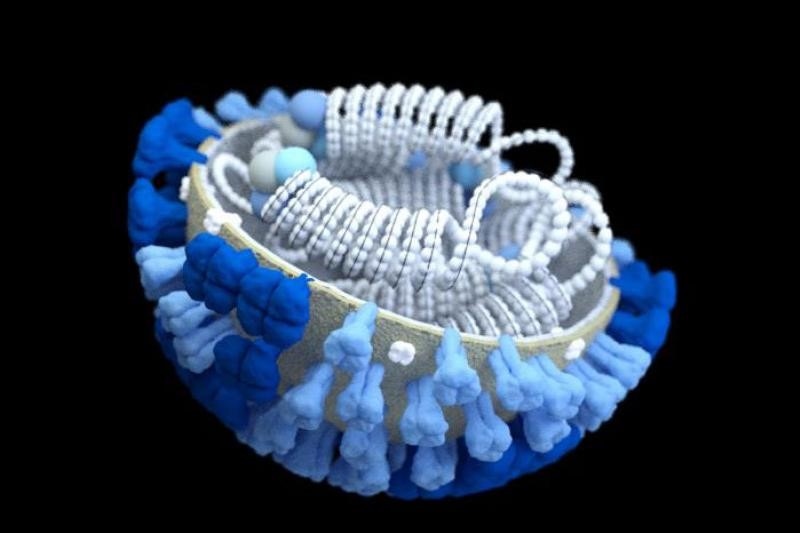In evolving to escape chicken immune system, mutated H7N9 viruses reduced their risk to human health while increasing threat to poultry.
July 23, 2020

Mutations in the H7N9 bird flu virus increased its replication rate and stability in avian cells but reduced its preference for infecting human cells, according to a new study from The Pirbright Institute in the U.K.
The results show that outbreaks in birds caused by strains with these mutations could pose a lower risk to human health while remaining a significant threat to the poultry industry, Pirbright said.
H7N9 low-pathogenicity avian influenza virus usually infects birds, but in 2013, the first human case was recorded in China. Since then, there have been more than 1,500 confirmed human infections, with about 40% of cases resulting in fatalities, the institute explained.
Further evolution of the H7N9 virus gave rise to a high-pathogenicity avian influenza strain that could cause 100% mortality in chickens. In 2017, China initiated a wide-scale vaccination program in chickens that drove down cases of both the low- and high-pathogenicity strains, Pirbright said.
Previous Pirbright research identified three mutations in avian influenza H7N9 viruses that enabled them to overcome immunity generated by vaccines. The mutations altered a protein on the outside of the virus called haemagglutinin (HA), which binds to host cell receptors and allows the virus to enter and cause infection.
In the latest study, published in the Journal of Virology, the team discovered that the same mutations occurred in H7N9 viruses isolated from the field in 2019, which most likely emerged in birds that had been either immunized or naturally infected, Pirbright said.
Analysis of the viruses demonstrated that strains with these mutations have significantly increased replication rates in both chicken cell cultures and chick embryos as well as display greater acid and thermal stability, which could improve transmission ability, according to the announcement.
The mutations also influenced which animal cells the strain could enter; their HA proteins could still bind to the receptors of bird cells, but they lost their affinity for human cell receptors. These findings show that in evolving to escape the chicken immune system, the mutated H7N9 viruses have reduced their risk to human health while increasing the threat they pose to poultry, Pirbright said, noting that further studies in birds are needed to confirm the impact this could have on infection and disease spread.
Professor Munir Iqbal, head of the Avian Influenza Group at Pirbright, said, “Our approach has allowed us to accurately predict avian influenza mutations that appear in the field and assess how these mutations could affect the risk they pose to both human and avian populations. This information can be used to inform surveillance efforts and provide early warnings of potentially dangerous emerging strains.”
You May Also Like



